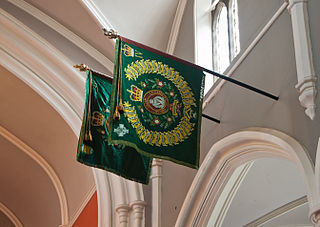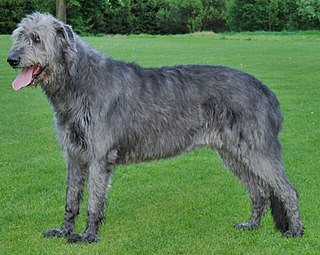 W
WThe Royal Irish Regiment is an infantry regiment of the British Army. The regiment was founded in 1992 through the amalgamation of the Royal Irish Rangers and the Ulster Defence Regiment. Their oldest predecessor, the 27th Regiment of Foot, was first raised in June 1689 to fight in the Williamite War in Ireland. Other notable regiments in their lineage include the Royal Inniskilling Fusiliers, Royal Irish Rifles and the Royal Irish Fusiliers.
 W
WOperation Barras was a British Army operation that took place in Sierra Leone on 10 September 2000, during the late stages of the nation's civil war. The operation aimed to release five British soldiers of the Royal Irish Regiment and their Sierra Leone Army (SLA) liaison officer, who were being held by a militia group known as the "West Side Boys". The soldiers were part of a patrol that was returning from a visit to Jordanian peacekeepers attached to the United Nations Mission in Sierra Leone (UNAMSIL) at Masiaka on 25 August 2000 when they turned off the main road and down a track towards the village of Magbeni. There the patrol of twelve men was overwhelmed by a large number of heavily armed rebels, taken prisoner, and transported to Gberi Bana on the opposite side of Rokel Creek.
 W
WFaugh a Ballagh is a battle cry of Irish origin, meaning "clear the way". The spelling is an 18th-century anglicization of the Irish language phrase Fág an Bealach [ˈfˠaːɡ ə ˈbʲalˠəx], also written Fág a' Bealach. Its first recorded use as a regimental motto was by the 87th Regiment of Foot in 1798. It remains the motto of the Royal Irish Regiment today.
 W
WThe Irish Wolfhound is a historic sighthound dog breed from Ireland that has, by its presence and substantial size, inspired literature, poetry and mythology. Like all sighthounds, it was used to pursue game by speed; it was also famed as a guardian dog, specializing in protection against and for the hunting of wolves. The original dog-type was presumed extinct by most knowledgeable authors but recreated specifically for the canine fancy mainly by Captain George A. Graham in the late 19th century. The modern breed, classified by recent genetic research into the Sighthound United Kingdom Rural Clade, has been used by coursing hunters who have prized it for its ability to dispatch game caught by other, swifter sighthounds.
 W
WKillaloe is the Regimental Quick March of the British Army regiment, The Royal Irish Regiment. It has informal, historical associations with other Irish Regiments and Brigades: as an unofficial march by the Connaught Rangers and Royal Inniskilling Fusiliers and at brigade level in World War II by the 38th (Irish) Infantry Brigade. It is also the regimental march of the South African Irish Regiment.
 W
WThe North Irish Horse is a yeomanry unit of the British Territorial Army raised in the northern counties of Ireland in the aftermath of the Second Boer War. Raised and patronised by the nobility from its inception to the present day, it was one of the first non-regular units to be deployed to France and the Low Countries with the British Expeditionary Force in 1914 during World War I and fought with distinction both as mounted troops and later as a cyclist regiment, achieving eighteen battle honours. The regiment was reduced to a single man in the inter war years and re-raised for World War II, when it achieved its greatest distinctions in the North African and Italian campaigns. Reduced again after the Cold War, the regiment's name still exists in B Squadron, the Scottish and North Irish Yeomanry and 40 Signal Squadron, part of 32 Signal Regiment.
 W
WPalace Barracks, Holywood is a British Army installation in Holywood, County Down, Northern Ireland.